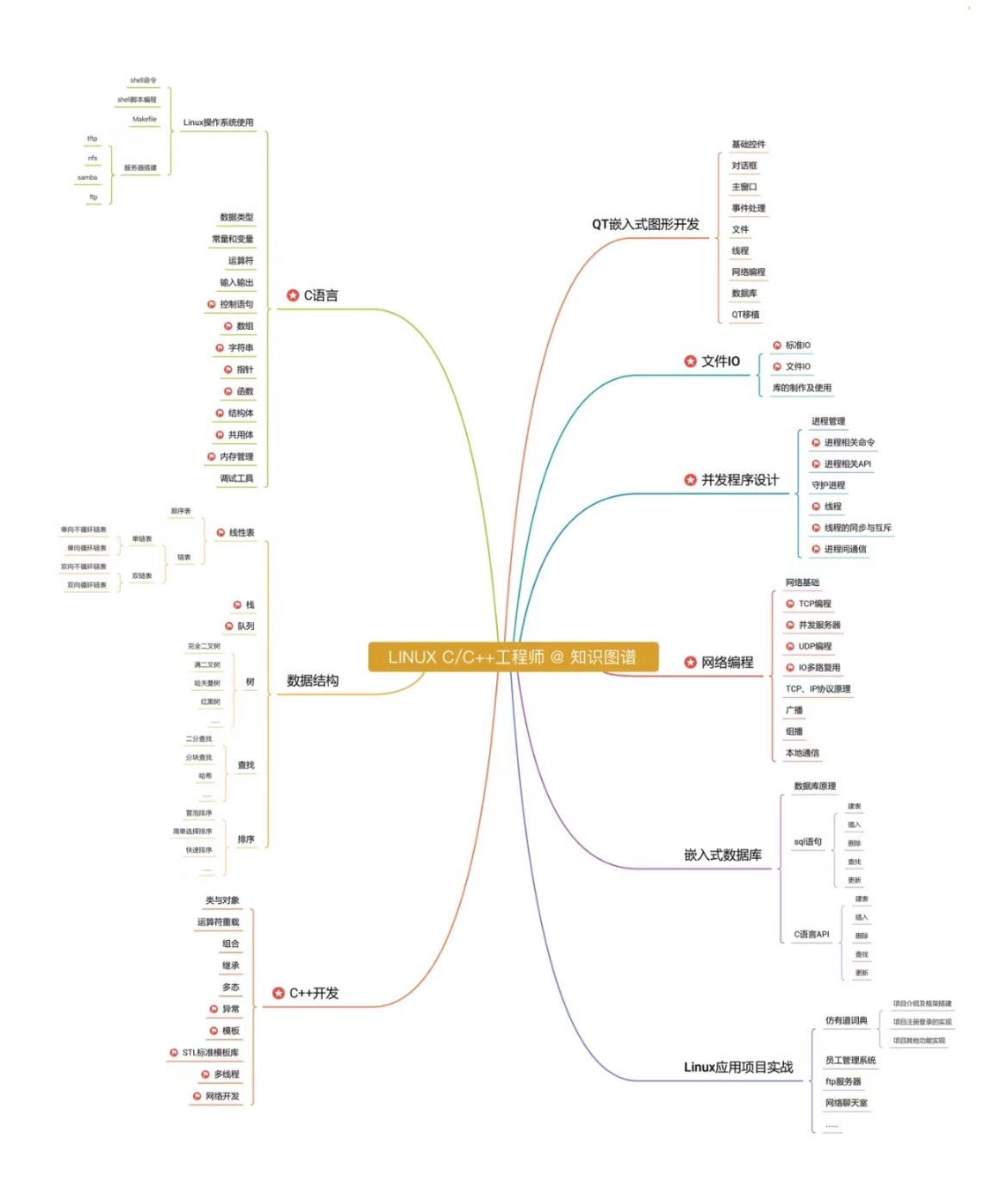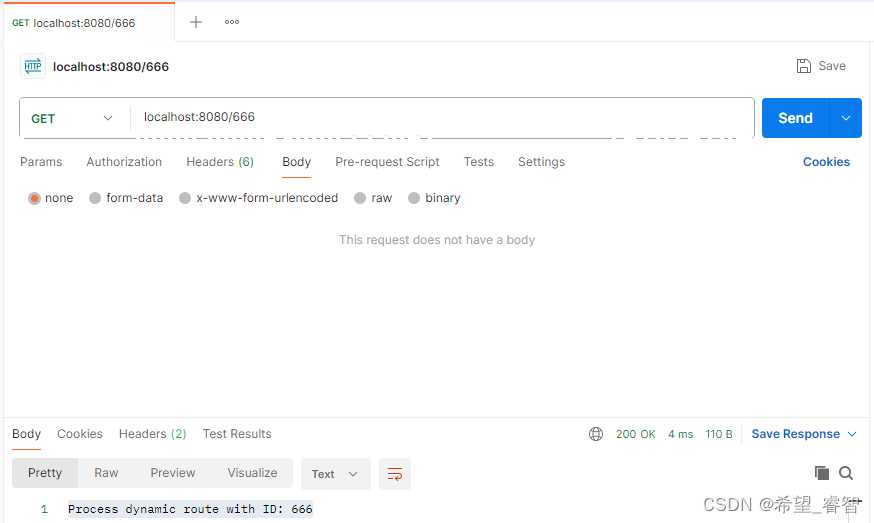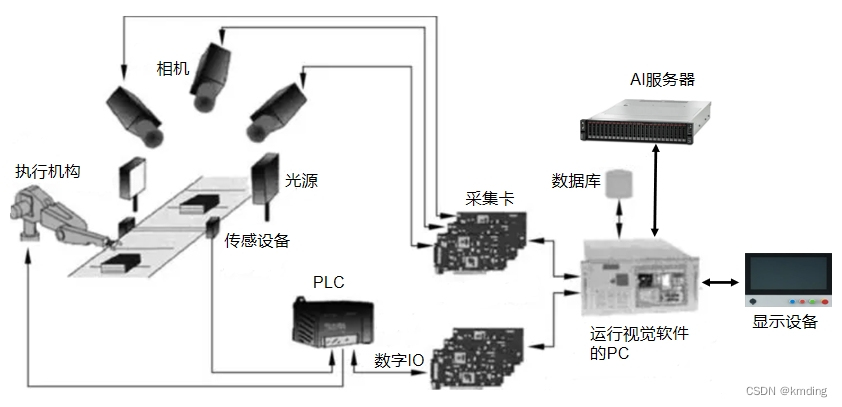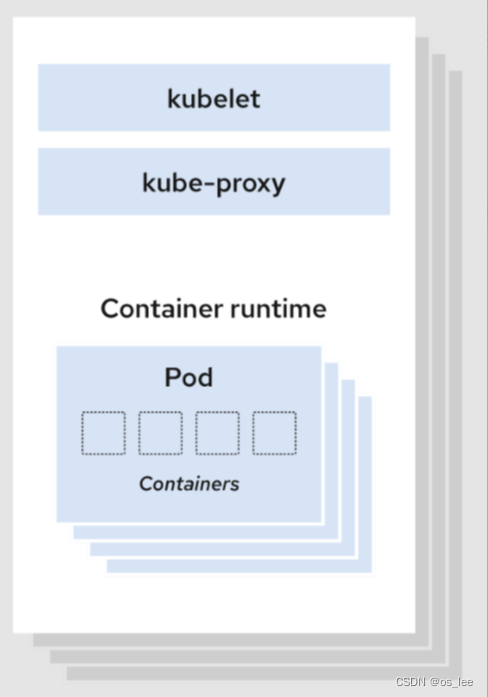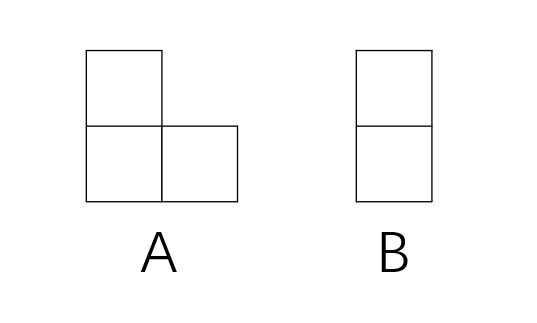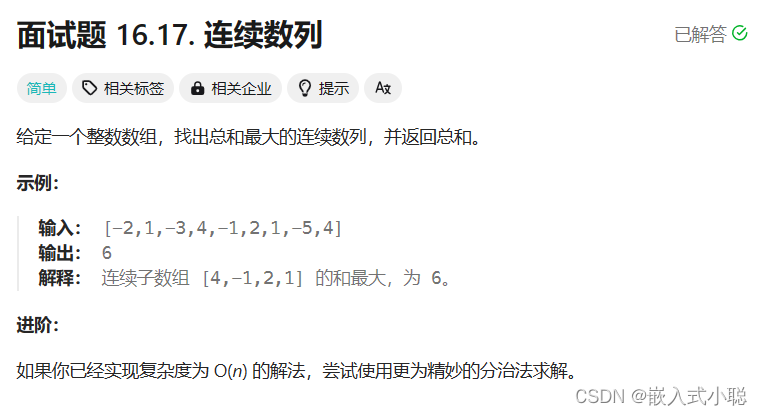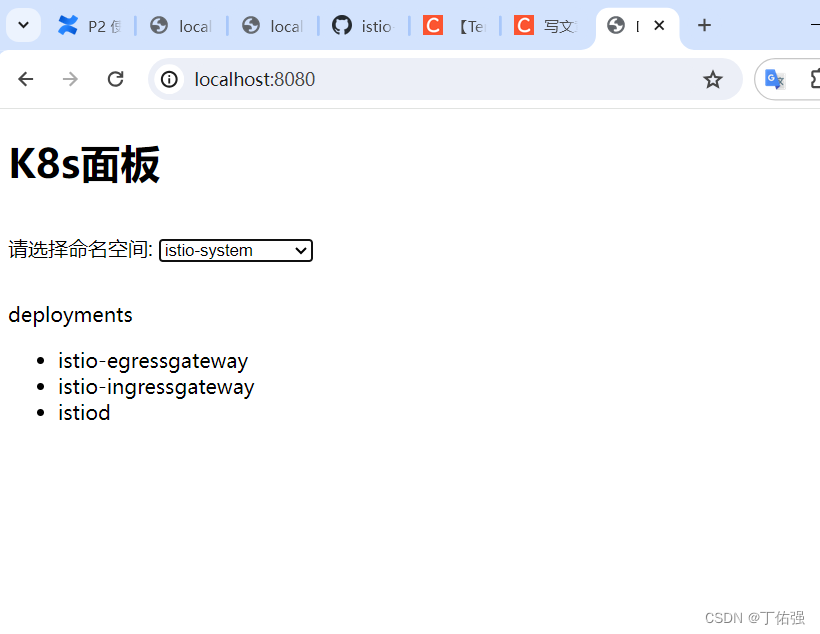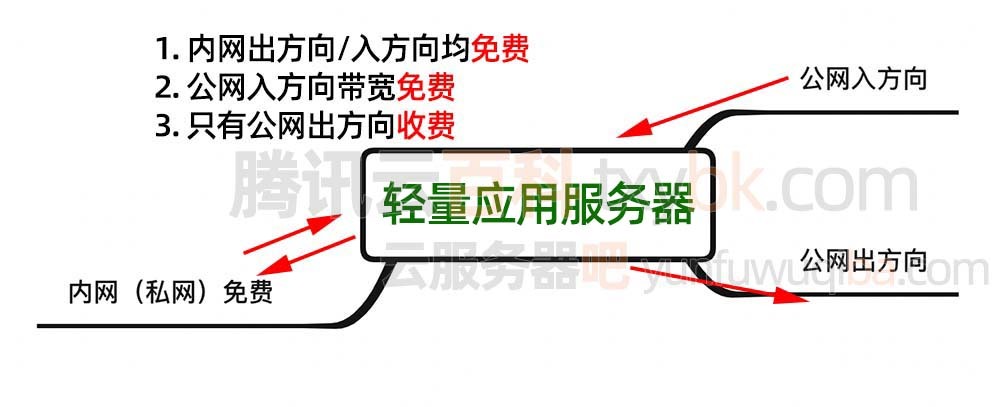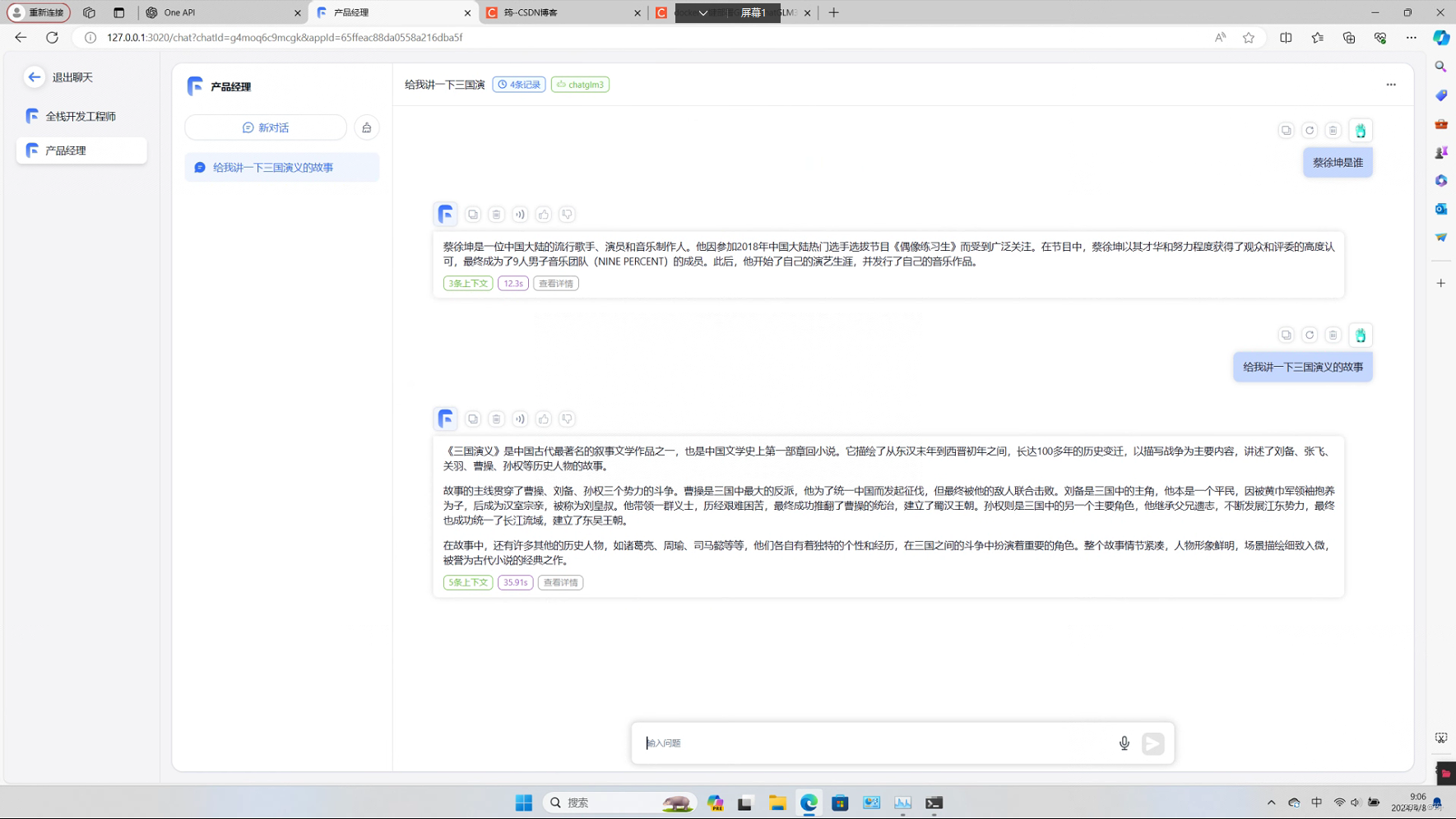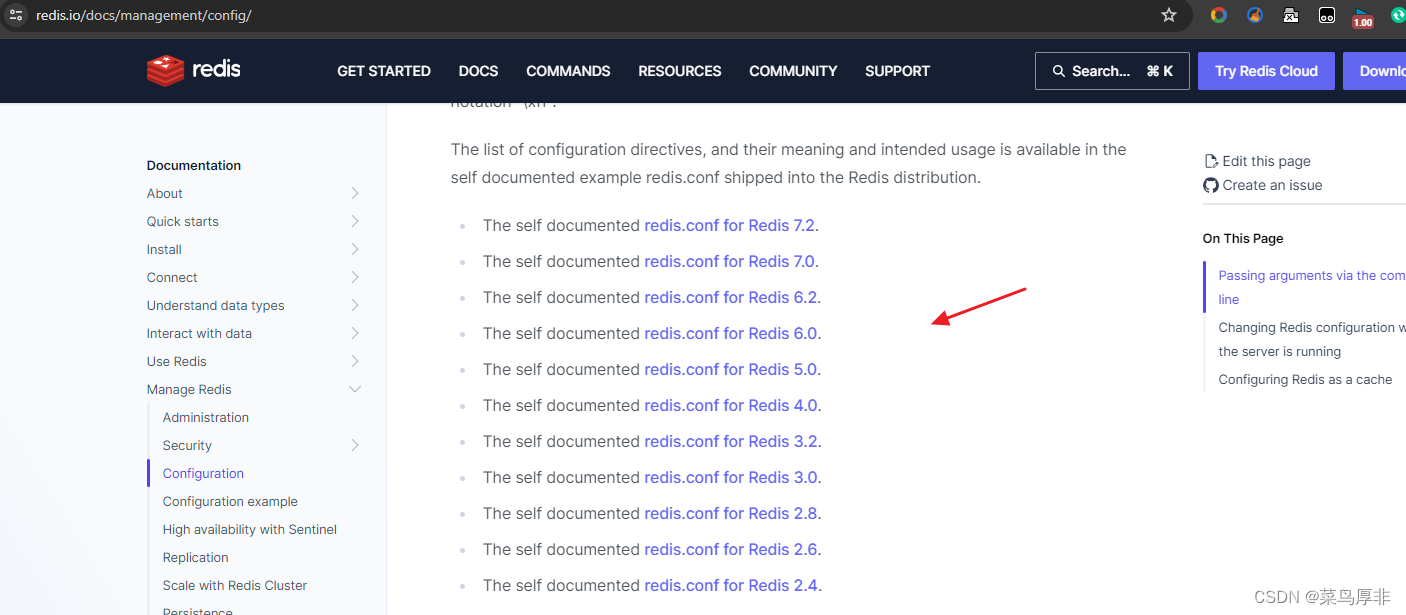栈
栈的概念及结构
栈:一种特殊的线性表,其只允许在固定的一端进行插入和删除元素操作。
进行数据插入和删除操作的一端
称为栈顶,另一端称为栈底。
栈中的数据元素遵守后进先出
LIFO
(
Last In First Out
)的原则。
压栈:栈的插入操作叫做进栈
/
压栈
/
入栈,
入数据在栈顶
。
出栈:栈的删除操作叫做出栈。
出数据也在栈顶
。
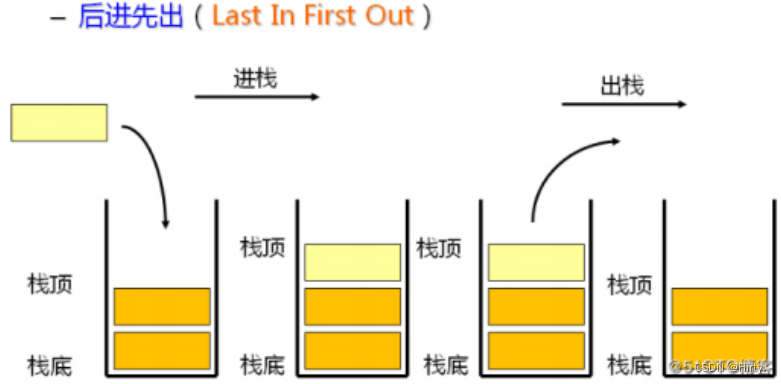
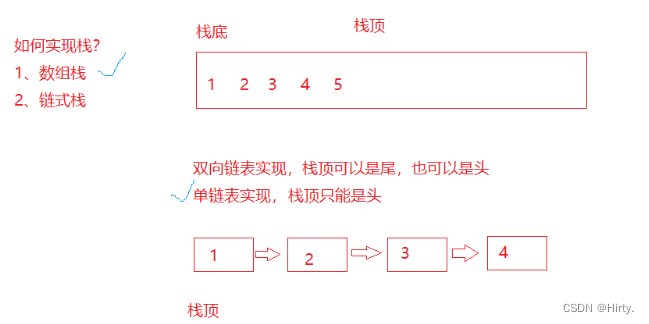
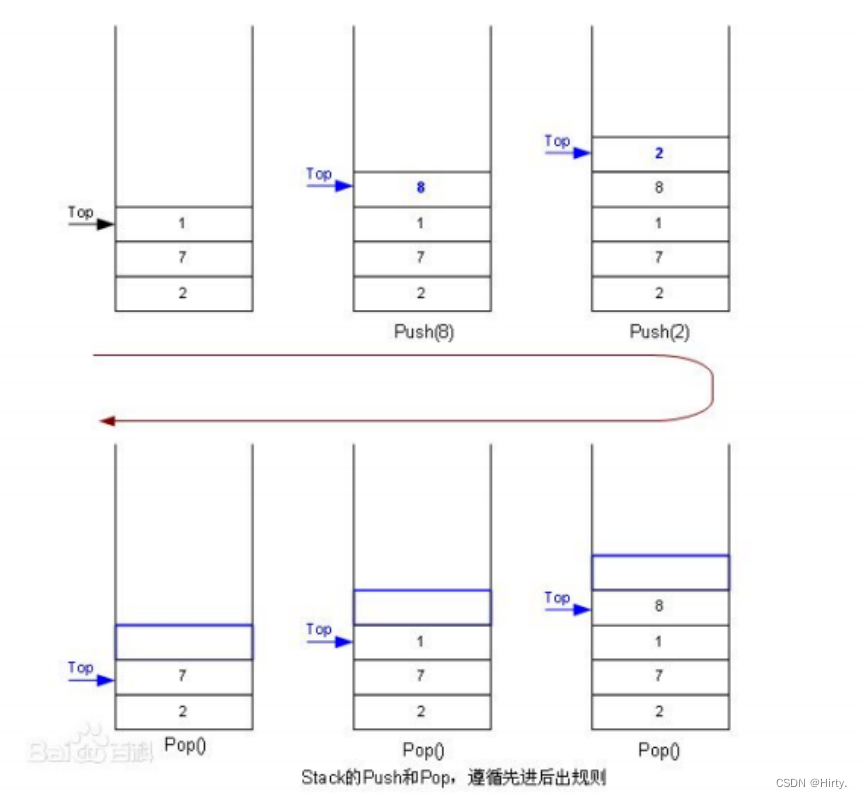 栈的实现(数组版本)
栈的实现(数组版本)
栈的实现一般可以使用
数组或者链表实现
,相对而言数组的结构实现更优一些。因为数组在尾上插入数据的代价比较小。

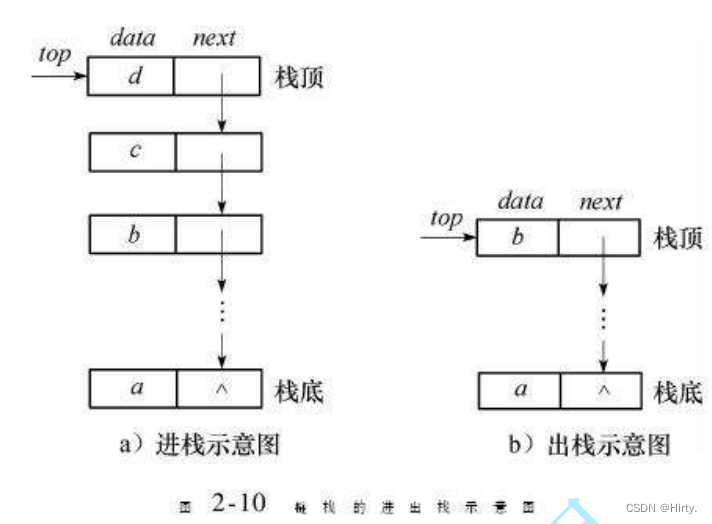
Stack.h
#pragma once
#include<stdio.h>
#include<assert.h>
#include<stdlib.h>
#include<stdbool.h>
typedef int STDataType;
// 支持动态增长的栈
typedef struct Stack
{
int* a;
int top; // 标识栈顶位置的
int capacity;
}ST;
void STInit(ST* pst);
void STDestroy(ST* pst);
// 栈顶插入删除
void STPush(ST* pst, STDataType x);
void STPop(ST* pst);
STDataType STTop(ST* pst);
bool STEmpty(ST* pst);
int STSize(ST* pst);Stack.c
注意:
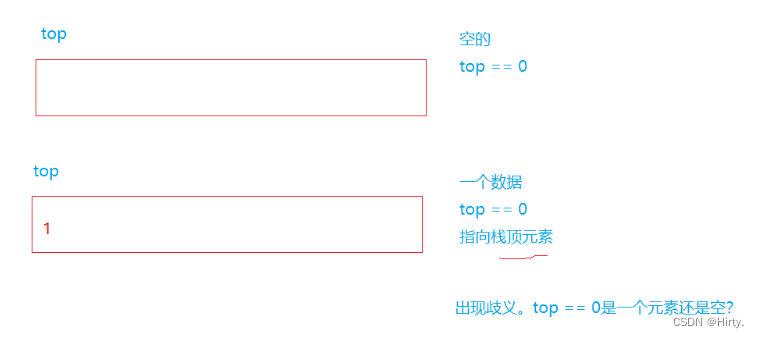
解决方法一:
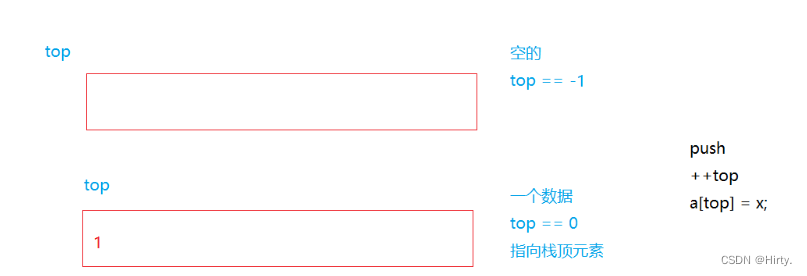
解决方法二:
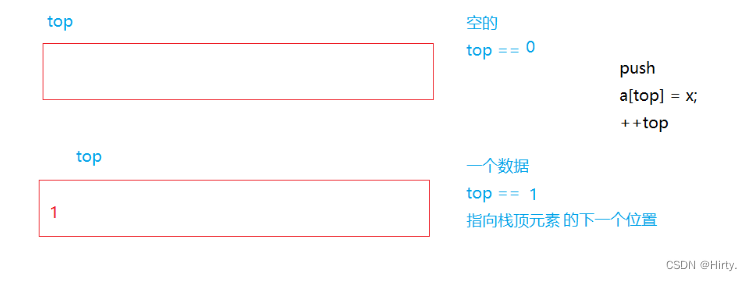
这里我们采用方法二
#include"Stack.h"
void STInit(ST* pst)
{
assert(pst);
pst->a = NULL;
pst->capacity = 0;
pst->top = 0;
}
void STDestroy(ST* pst)
{
}
// 栈顶插入删除
void STPush(ST* pst, STDataType x)
{
assert(pst);
if (pst->top == pst->capacity)
{
int newcapacity = pst->capacity == 0 ? 4 : pst->capacity * 2;
STDataType* tmp = (STDataType*)realloc(pst->a, sizeof(STDataType) * newcapacity);
if (tmp == NULL)
{
perror("realloc fail");
return;
}
pst->a = tmp;
pst->capacity = newcapacity;
}
pst->a[pst->top] = x;
pst->top++;
}
void STPop(ST* pst)
{
assert(pst);
// 不为空
assert(pst->top > 0);
pst->top--;
}
STDataType STTop(ST* pst)
{
assert(pst);
// 不为空
assert(pst->top > 0);
return pst->a[pst->top - 1];
}
bool STEmpty(ST* pst);
int STSize(ST* pst);

